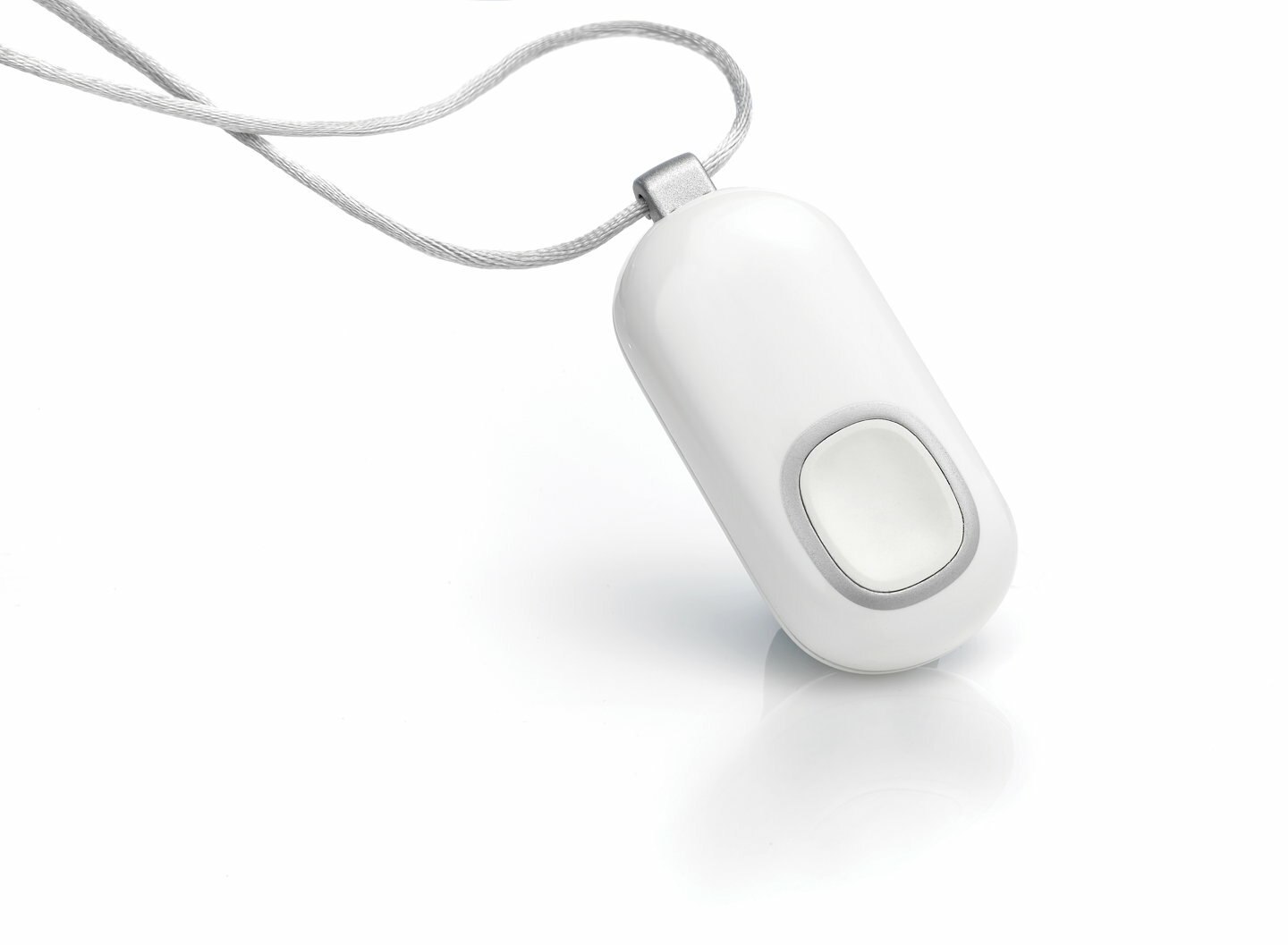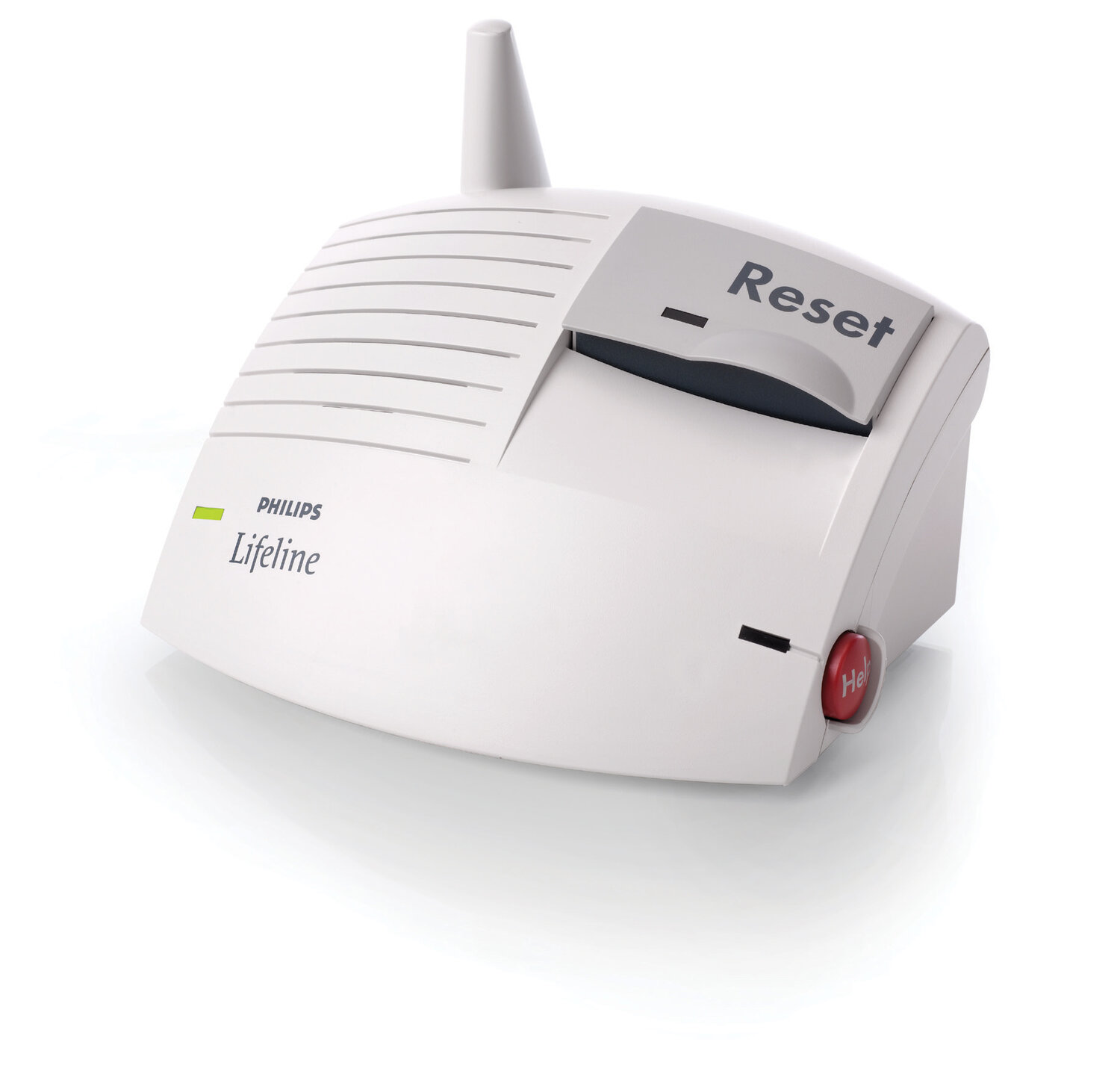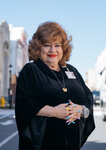Help is just a button away with TidalHealth Lifeline
During an emergency, people dial 911 or a trusted friend or family member. But what if you can’t even reach a phone in those moments?
Emergency monitoring services like TidalHealth …

You must be a member to read this story.
Join our family of readers for as little as $5 per month and support local, unbiased journalism.
Already a member? Log in to continue. Otherwise, follow the link below to join.
Please log in to continue |
Help is just a button away with TidalHealth Lifeline
During an emergency, people dial 911 or a trusted friend or family member. But what if you can’t even reach a phone in those moments?
Emergency monitoring services like TidalHealth Lifeline fill the gap for people who want an extra layer of coverage during an emergency.
The small, wearable Lifeline device includes a button or automatic signal that notifies operators when someone is injured or compromised, when they can’t get to a phone. The goal is patient safety and peace of mind.
Bevereley Stoakley has been program manager for almost all of TidalHealth’s (formerly PRMC) 28-year affiliation with Lifeline. She is so proud of the work.
“We get many letters and phone calls from children thanking us for Lifeline for saving their [parent’s] life,” Stoakley said.
There is no prerequisite to ordering Lifeline. It can be any age, any health condition, for any length of time.
Looking at her own clientele, “They can be anywhere from 40 to 100. Age is not a factor here. … Many clients have no significant medical issues. I have divorced people who have Lifeline for security reasons. We have people who get Lifeline for two months after knee replacement, then they turn it in,” Stoakley said.
“It’s a misconception that Lifeline is for people getting ready to go into the nursing home.”
Of course, this product helps people live independently for longer. It can be particularly useful for older adults, anyone with chronic health conditions, those who have fallen before or people with other risk factors.
When people are on the fence about investing, she says to consider everyone else’s feelings. This is for the worst: if you were to trip, fall, break a bone and be stuck on the floor for hours or days. “You’ve got to think about your children’s feelings” if they were to find you—or lose you.
Stoakley recalls that one client fell and hit their head just two days after installing Lifeline—the incident could have been fatal if not for Lifeline’s automatic response.
Logistically, when someone presses the emergency button or the device auto-detects a fall, it notifies Lifeline staff. They’ll try to reach the client by telephone or the in-house speaker. “John, do you need help?” If the person doesn’t respond, Lifeline contacts 911 and the person’s emergency contacts. Later they also notify the person’s primary care physician if there was a medical incident. “So, we keep everybody in the loop!”
It could help reduce hospitalization, both because the person could possibly be treated at home and because a fast response can prevent their condition from worsening (i.e. just a fracture versus adding an infection and dehydration on top of it).
There are different types of devices. The traditional button-on-necklace is probably the most familiar. Then there are home speakers that Lifeline operators connect to during an incident. Plus, a smartwatch is now available.
Other options include auto-alerts (the device automatically contacts Lifeline operators if it senses a fall); basic home-only service; or on-the-go alerts for any location.
Discounts are available for military veterans and AARP. There are no installation fees. Services are not by contract.
Stoakley estimates that several dozen companies or products provide emergency monitoring services. But “The reason we do so well, I think, is because we are an arm of TidalHealth,” and clients appreciate that local healthcare affiliation.
She also acknowledged that customers could call Lifeline directly, but it will connect to a more corporate office where representatives tend to be commission-based—which Stoakley is not.
“Honestly, I’m so proud of this program.” She said people tend to keep their Lifeline service until they move into a nursing home or pass away. “People know we’re going to take care of them … we want to keep people happy, healthy and safe. I’m very passionate about it.”
TidalHealth Lifeline serves most counties on the Delmarva Peninsula: southern Caroline, Talbot, Dorchester, Wicomico, Worcester, Somerset, Sussex, southern Kent, Del., and northern Accomack, Va. But the resulting service is available almost nationwide.
To get an information packet, call (410) 543-4740 or 1 (800) 215-1031. Learn more online at tidalhealth.org/lifeline.
Note that this Lifeline product is different from the Lifeline government program (an FCC program to improve connectivity for low-income people by providing discounts on telephone and internet service).







 By Laura Walter
By Laura Walter



